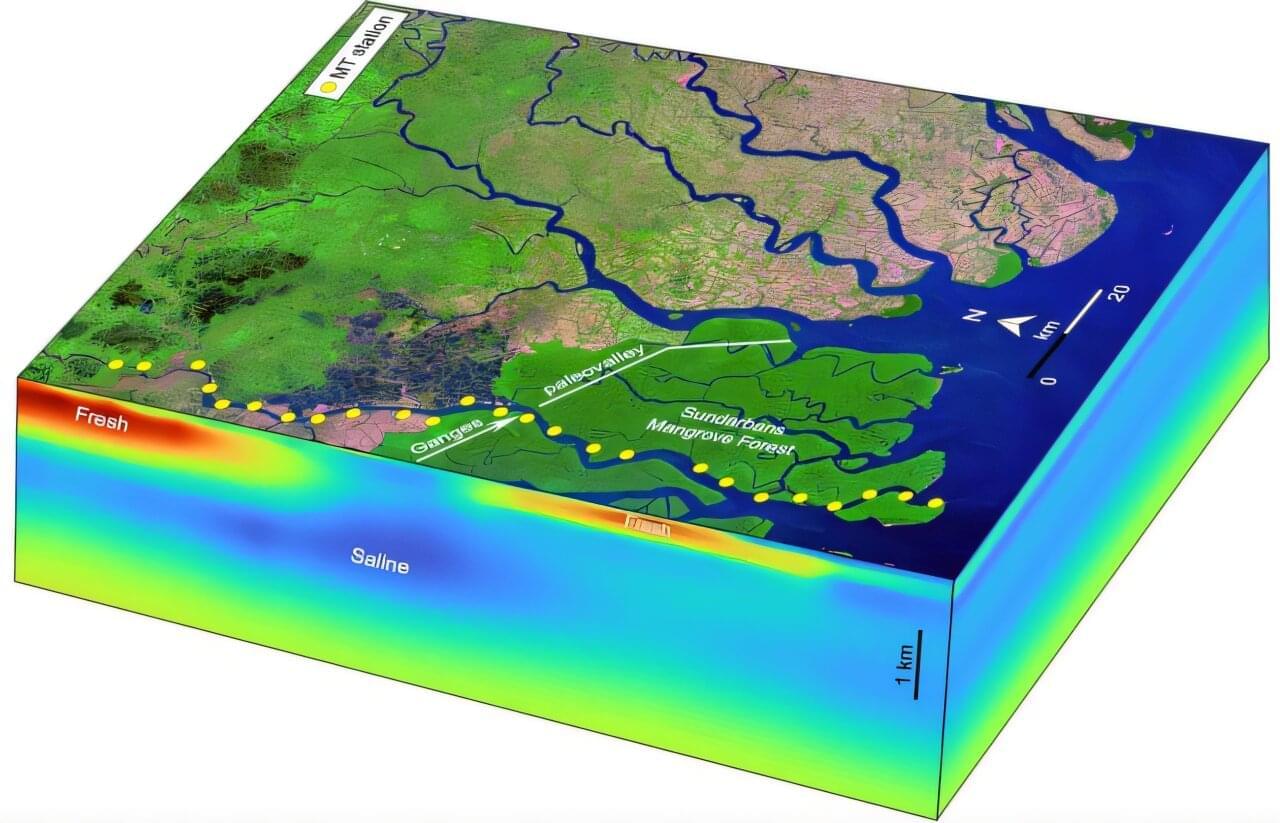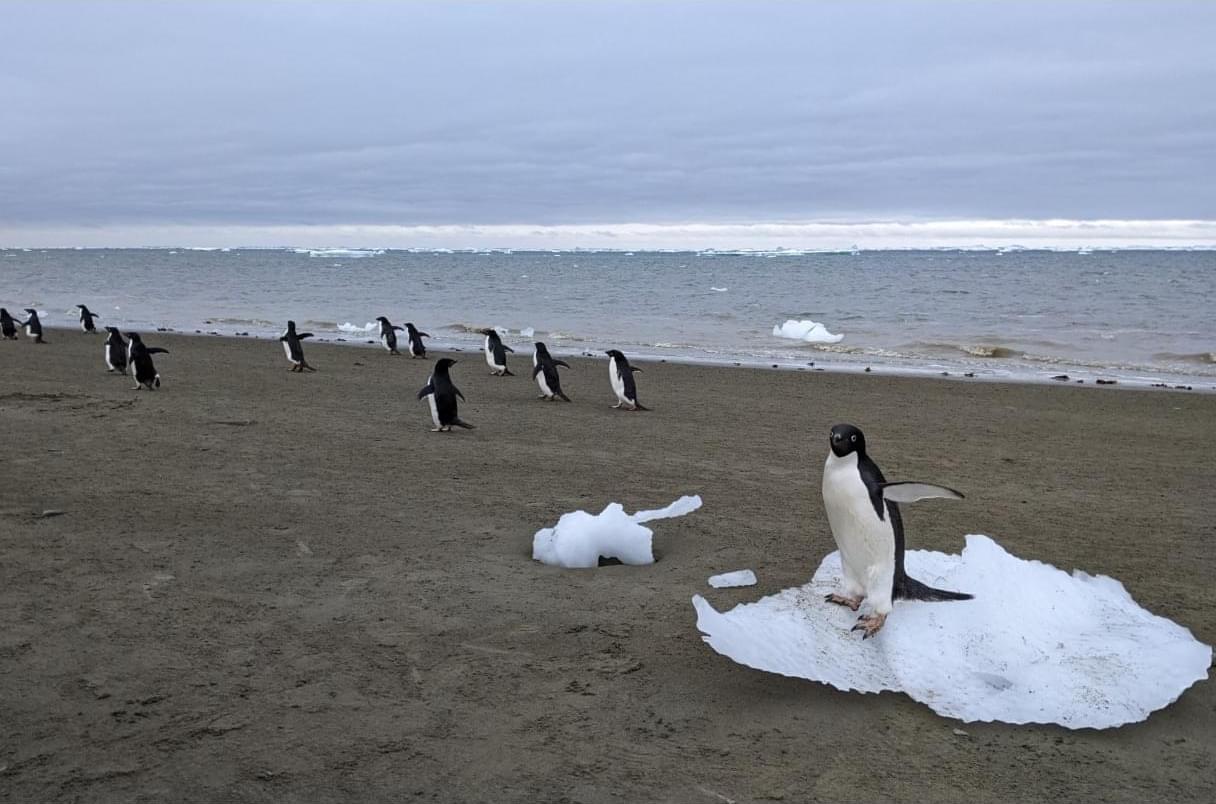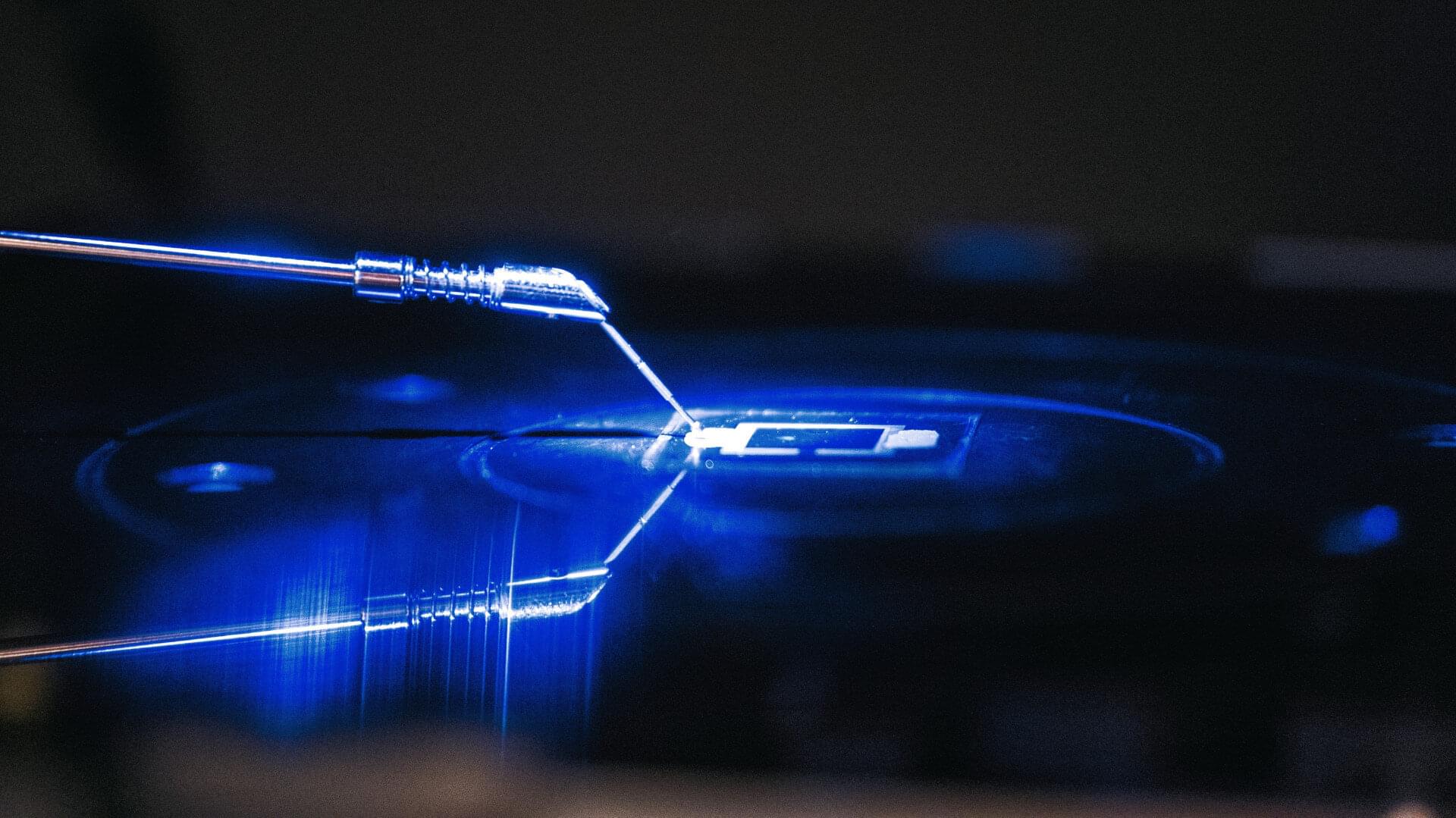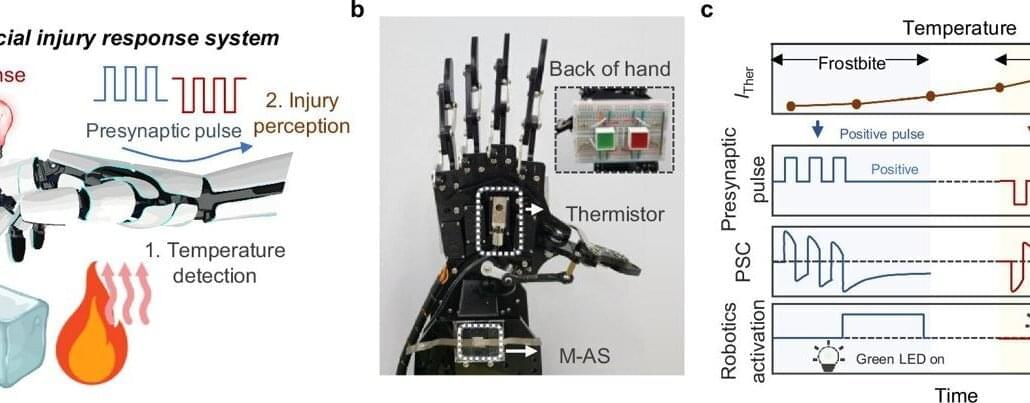Despite its tropical climate and floodplain location, Bangladesh—one of the world’s most densely populated nations—seasonally does not have enough freshwater, especially in coastal areas. Shallow groundwater is often saline, a problem that may be exacerbated by rising sea levels.
Rainfall is highly seasonal and stored rainwater often runs out by the end of the dry season. And contamination by naturally occurring arsenic deposits and other pollutants farther inland further depletes supplies of potable water, which can run desperately short during annual dry seasons. According to the UN’s Sustainable Development Goals, 41% of Bangladeshis do not have consistent access to safe water.
Hoping to ease the crisis, researchers from Lamont-Doherty Earth Observatory, which is part of the Columbia Climate School, led an exploration for new freshwater sources along the Pusur River in the Ganges-Brahmaputra Delta. They recently published their results in the journal Nature Communications.








